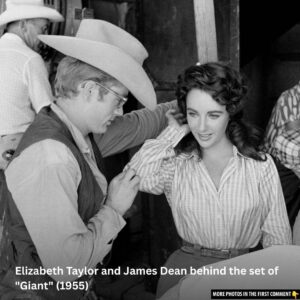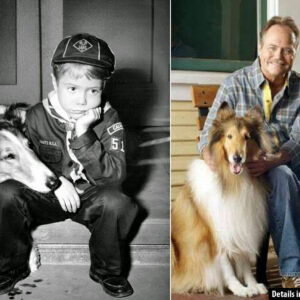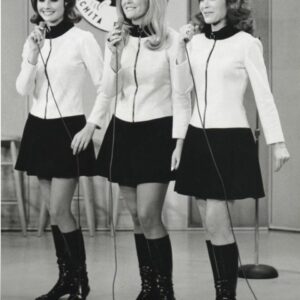It’s a Wonderful Life, directed by Frank Capra, is undeniably one of the most beloved films to watch during the holiday season. The 1946 classic stars James Stewart as George Bailey, a man on the brink of suicide, only to discover the value of his life through the intervention of his guardian angel, Clarence Odbody. What many viewers fail to realize is that beneath its seemingly simple, heartwarming exterior lies a profound exploration of war trauma, sacrifice, and the emotional burdens that come with empathy.
The War Trauma in It’s a Wonderful Life
When James Stewart signed on to star in It’s a Wonderful Life, it was his first film after returning from World War II. Stewart, a reluctant participant at first, had wanted to take on a comedy, as he found the subject matter of George Bailey’s potential suicide too bleak. However, the film turned out to be the perfect cathartic outlet for the actor, especially considering the emotional weight he carried from the war. It’s a Wonderful Life is more than just a Christmas movie—it’s a story about a man struggling with the psychological scars of war, trying to find his place in a post-war society.
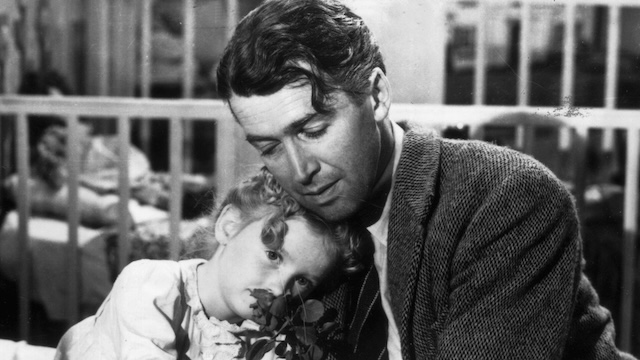
The Unforgettable Prayer Scene: A Raw, Unscripted Moment
One of the most iconic moments in the film is when George Bailey prays, overwhelmed by the weight of his life’s troubles. What makes this scene even more powerful is that James Stewart’s tears were unscripted. His raw emotion in that moment left Capra with a dilemma. The director had not planned for a close-up shot of Stewart’s face, but the intensity of Stewart’s performance was so real that Capra decided to create the illusion of a zoom-in through post-production. Though it resulted in a grainy image, this moment is a testament to the authenticity of Stewart’s performance and remains one of the most moving scenes in film history.
Video:
Things Only Adults Notice in It’s a Wonderful Life
While It’s a Wonderful Life is often seen as a family-friendly Christmas film, there are numerous adult themes that may go unnoticed by younger viewers. Let’s take a closer look at some of these details.
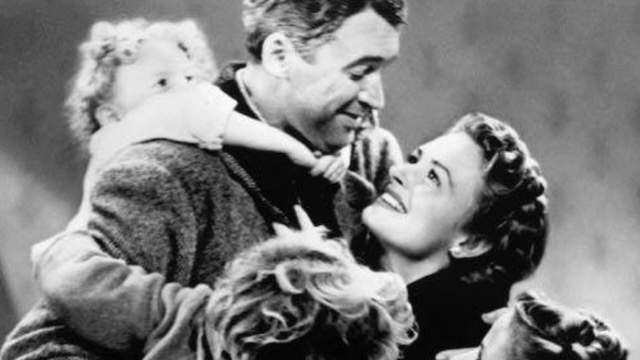
The Raven: A Symbol of Bad Luck?
Throughout the movie, a raven can be seen in the background, often perched at George’s family business, Bailey Brothers Building and Loan. While it may seem like an odd, harmless pet, the raven appears during several of the film’s major misfortunes: the death of George’s father, the bank run, and Uncle Billy’s $8,000 mistake. Though the bird isn’t directly responsible for these events, its presence is unmistakably linked to these crises, almost as if it’s a bad omen.
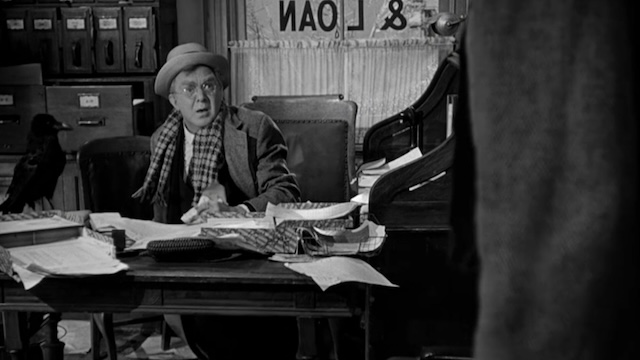
George’s Empathy: The Cost of Kindness
George Bailey’s overwhelming kindness is at the heart of the movie, but it’s also his downfall. Time and time again, George sacrifices his dreams and desires to help others, including putting his honeymoon money on the line to keep the family business afloat. The adult viewer can appreciate the toll that George’s unrelenting empathy takes on him. His selflessness is commendable, but it ultimately leads him to the brink of despair as he loses sight of his own well-being.
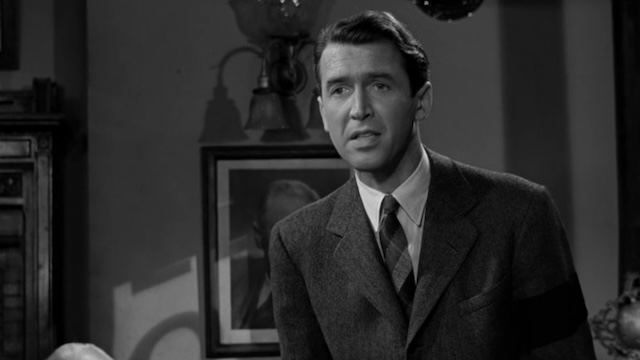
Mary’s Selfless Support and the Importance of Her Role
George might be the protagonist, but Mary, his wife, is equally important. Without her, George’s journey would have been far more difficult. Mary selflessly supports George throughout the movie, even going so far as to buy the Granville House George always dreamed of, using money they had set aside for their honeymoon. While George is the face of the film’s moral message, Mary’s steadfast support and sacrifices make her a true unsung hero.
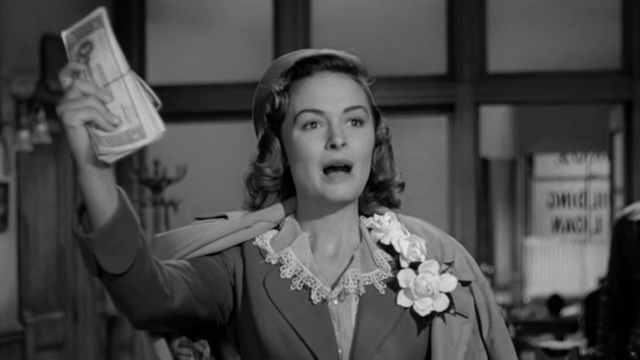
Mr. Potter’s Generosity: A Villain’s Fair Offer
Mr. Potter is the film’s antagonist, attempting to shut down Bailey Brothers Building and Loan, but his actions are not entirely without merit. When he offers George a job with a salary that far exceeds what George currently makes, it’s clear that Mr. Potter is offering him a significant financial advantage. At the time, Mr. Potter’s $20,000 offer was a game-changer, making it an offer most would find difficult to refuse. But George, who values his integrity and the future of his town, turns it down, solidifying the film’s message about selflessness and sacrifice.
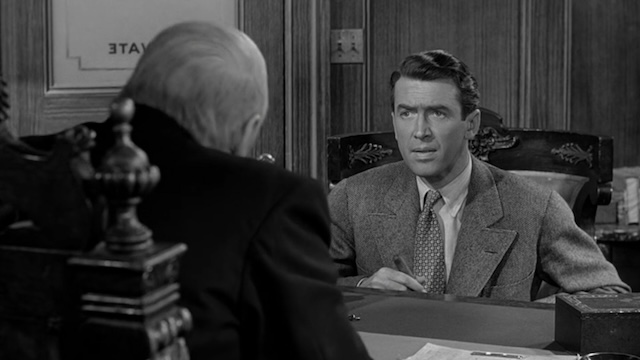
Harry’s Achievements: George’s Sacrifices for His Brother
George Bailey’s love for his younger brother, Harry, knows no bounds. He sacrifices his own dreams to allow Harry to pursue his. Harry ends up achieving everything George had wanted—college, travel, and success as a war hero. For adults, it’s hard not to feel the weight of George’s sacrifice, watching Harry live the life George once envisioned for himself.
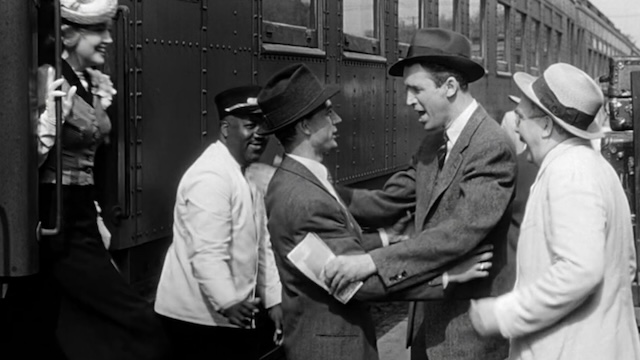
Uncle Billy’s Incompetence: A Major Liability
While George is often the one saving the day, his uncle Billy is a consistent liability. Uncle Billy’s inability to manage the business, especially during the bank run, is a recurring theme in the movie. His mistake of losing $8,000 is the catalyst for George’s breakdown, and it’s hard not to notice how much of the chaos in the film could have been avoided if Uncle Billy had been more responsible.
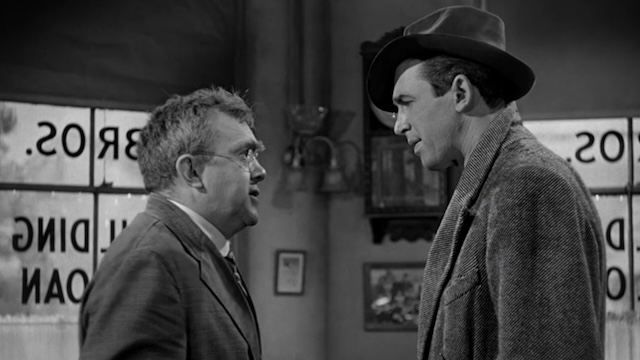
George’s Missteps: Giving Money Without Consulting Mary
One of George’s more questionable decisions comes when he loans money to Violet Bick, a woman with a somewhat questionable reputation. George’s kind gesture, while well-intentioned, is a decision that he should have discussed with his wife. The moment highlights how George’s tendency to put others first without considering the consequences often puts his family at risk.
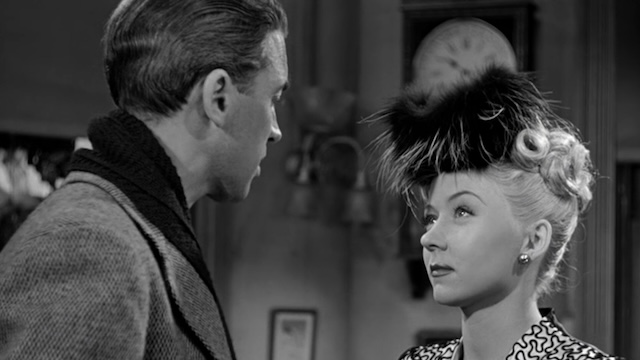
George’s Mental Breakdown: Years of Buried Trauma
George Bailey’s emotional breakdown near the end of the film isn’t just a reaction to the $8,000 being missing—it’s the culmination of years of emotional strain. The losses, sacrifices, and disappointments George has endured finally catch up to him, leading him to believe that his life is worth more dead than alive. His breakdown is a poignant reminder of how years of pent-up trauma can have devastating effects on mental health.
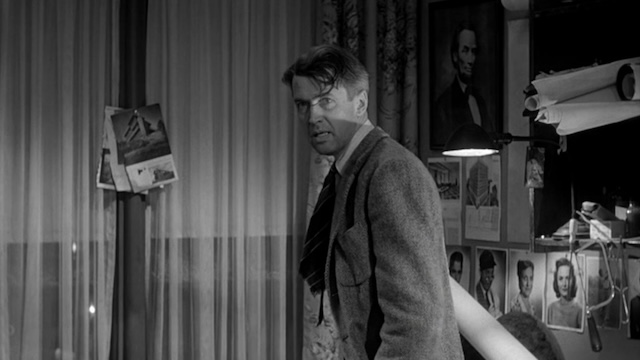
Business Decisions and George’s Journey
Mr. Potter’s Business Acumen: Understanding the Villain’s Perspective
While Mr. Potter is the film’s villain, his business decisions are not entirely unreasonable. He’s not wrong for being cautious about who he loans money to, especially considering the shaky finances of George’s business. And while his actions are undoubtedly cruel, his desire to protect his own interests is, in many ways, a reflection of the harsh realities of capitalism.
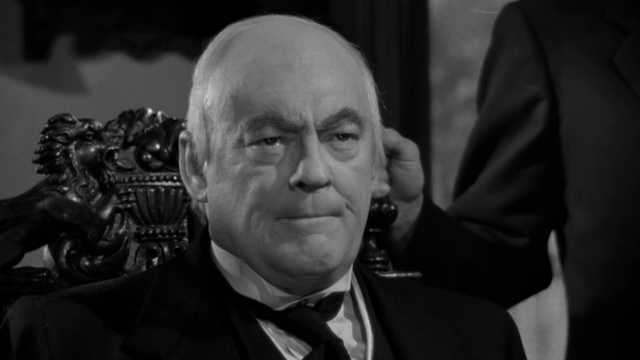
George’s True Achievements: Building a Legacy
By the end of the film, George Bailey realizes that he has achieved far more than he initially thought. He built a family, a business, and a community. Through his sacrifices, George has created a legacy that is worth more than any personal success he might have achieved. In the end, George is the richest man in town—not because of his financial wealth, but because of the relationships he has cultivated and the impact he has had on his community.
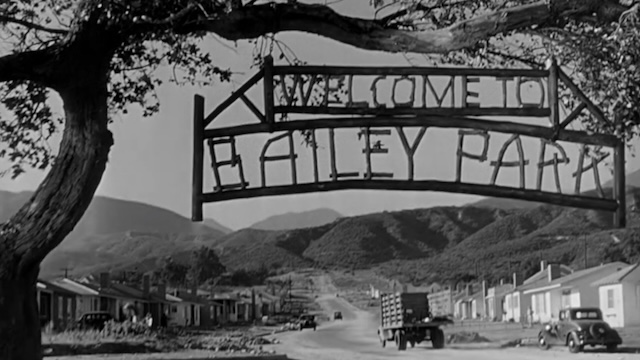
The Missing $8,000: Legal and Moral Implications
The final twist in the film comes when the townspeople donate enough money to cover the missing $8,000. While this moment is heartwarming, there’s an underlying legal issue that lingers—Mr. Potter essentially gets away with keeping the money. Though George is saved, the financial loss remains, adding a layer of moral complexity to the film’s conclusion.
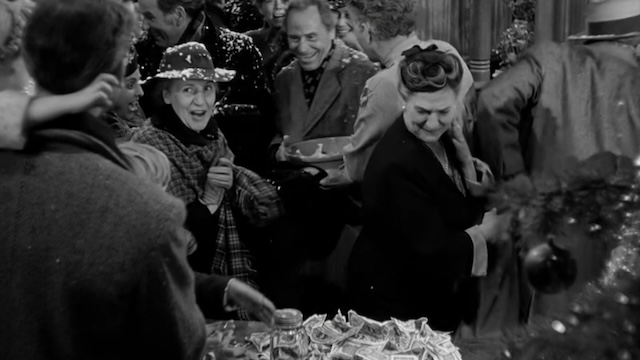
It’s a Wonderful Life Is Not a Christmas Movie
Despite being a staple of holiday viewing, It’s a Wonderful Life isn’t primarily a Christmas movie. The film focuses on George Bailey’s life and his journey of self-discovery, with Christmas merely serving as the backdrop. The Christmas Eve setting does not define the film’s essence—it’s George’s life story, filled with struggles, sacrifices, and triumphs, that resonates with audiences.
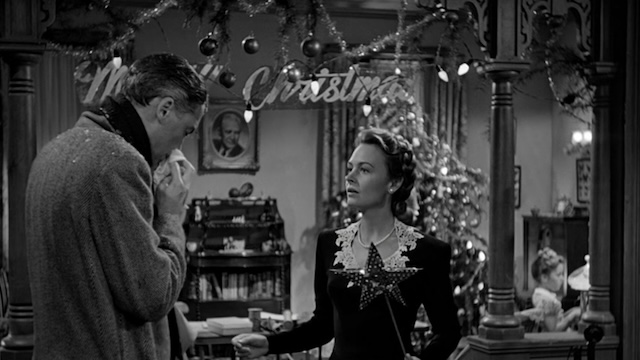
Conclusion: A Timeless Story with Universal Lessons
It’s a Wonderful Life is a film that continues to captivate audiences, both young and old, by exploring timeless themes of selflessness, sacrifice, and the importance of community. Whether you watch it during the holidays or any other time of the year, the film offers valuable lessons that remain relevant to this day. It’s a story that transcends its Christmas setting, reminding us all of the true meaning of life: the connections we make and the impact we have on the people around us.

